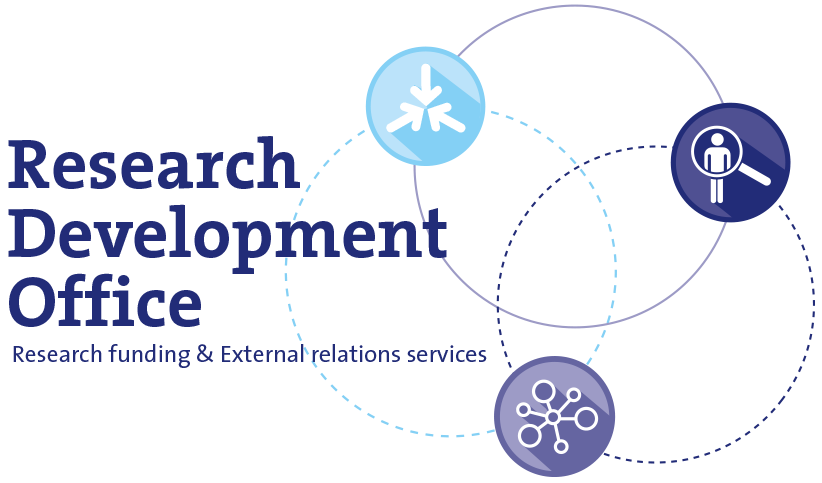Anatomical and functional dissection of cerebellar vermis-fastigial nucleus module in delay eyeblink conditioning
Project summary
Understanding how brains receive sensory inputs and produce proper motor outputs is a crowning question in neuroscience. Cerebellum, the small brain, has been considered essential for various associative sensorimotor learning tasks. The detailed neuronal circuits and computational mechanisms cerebellum uses for acquiring and maintaining learned behavior are not fully understood.
This proposal will use Pavlovian eyeblink conditioning, an ideal model behavioral paradigm to study the cerebellar mechanism in sensorimotor learning in mice. Based on pilot data, we hypothesize that eyeblink conditioning critically relies on a previously overlooked cerebellar module. This project aims to test this hypothesis by examining the organization and functional involvements of this module in eyeblink conditioning.
Impact
Once accomplished, these results will reveal a novel cerebellar pathway that mediates the learning and expression of a well described cerebellar learning task, thus potentially updating the conceptual framework of the sensorimotor learning in the cerebellum.
More detailed information
Principal Investigator:
Role Erasmus MC:
Coordinator
Department:
Project website:
Not available
Funding Agency:
NWO



